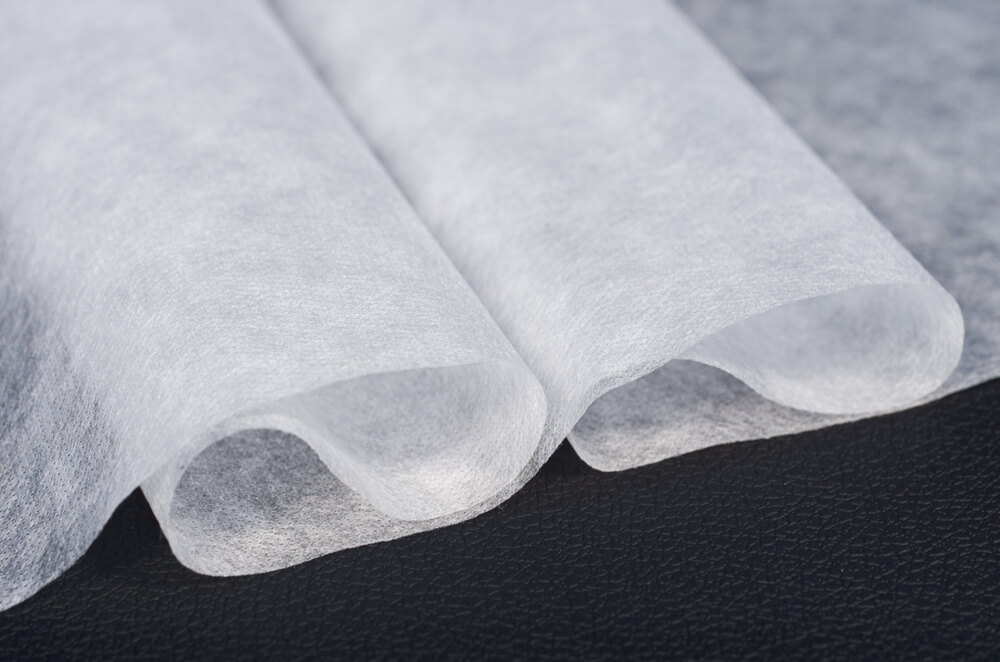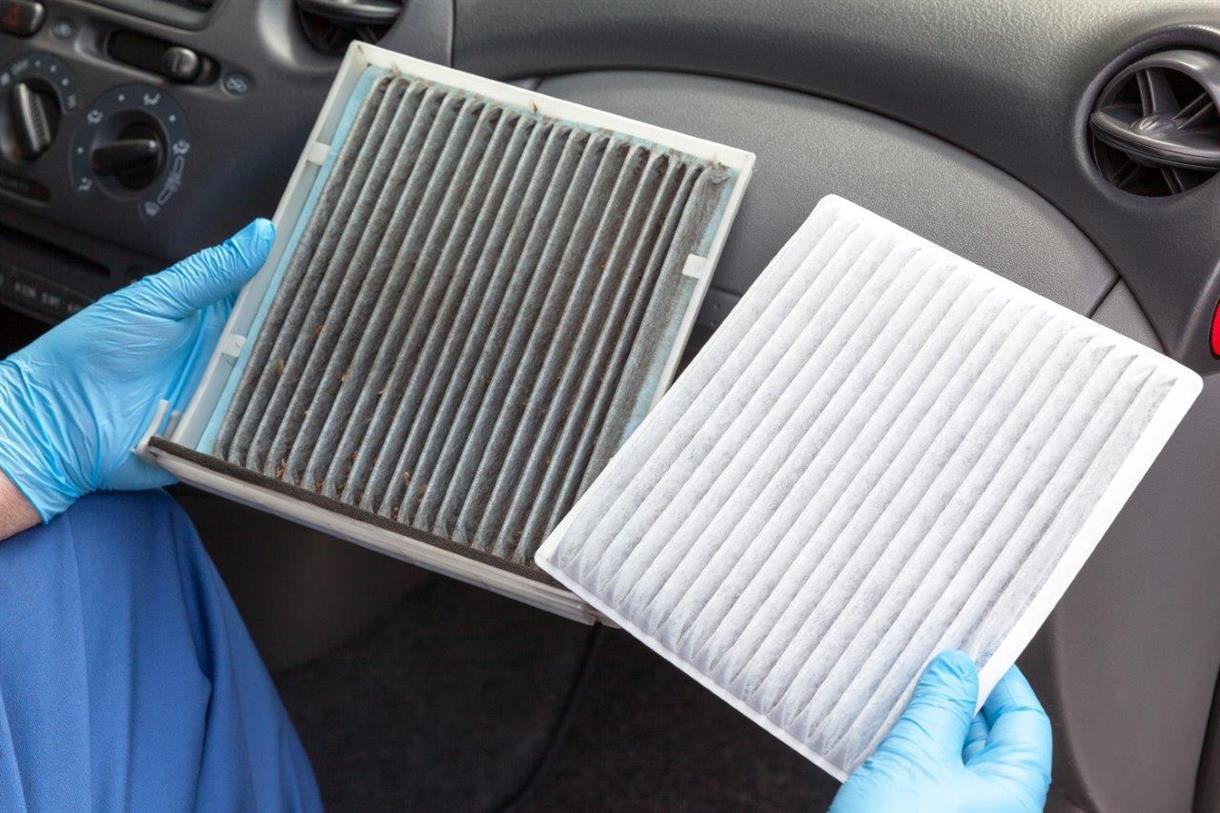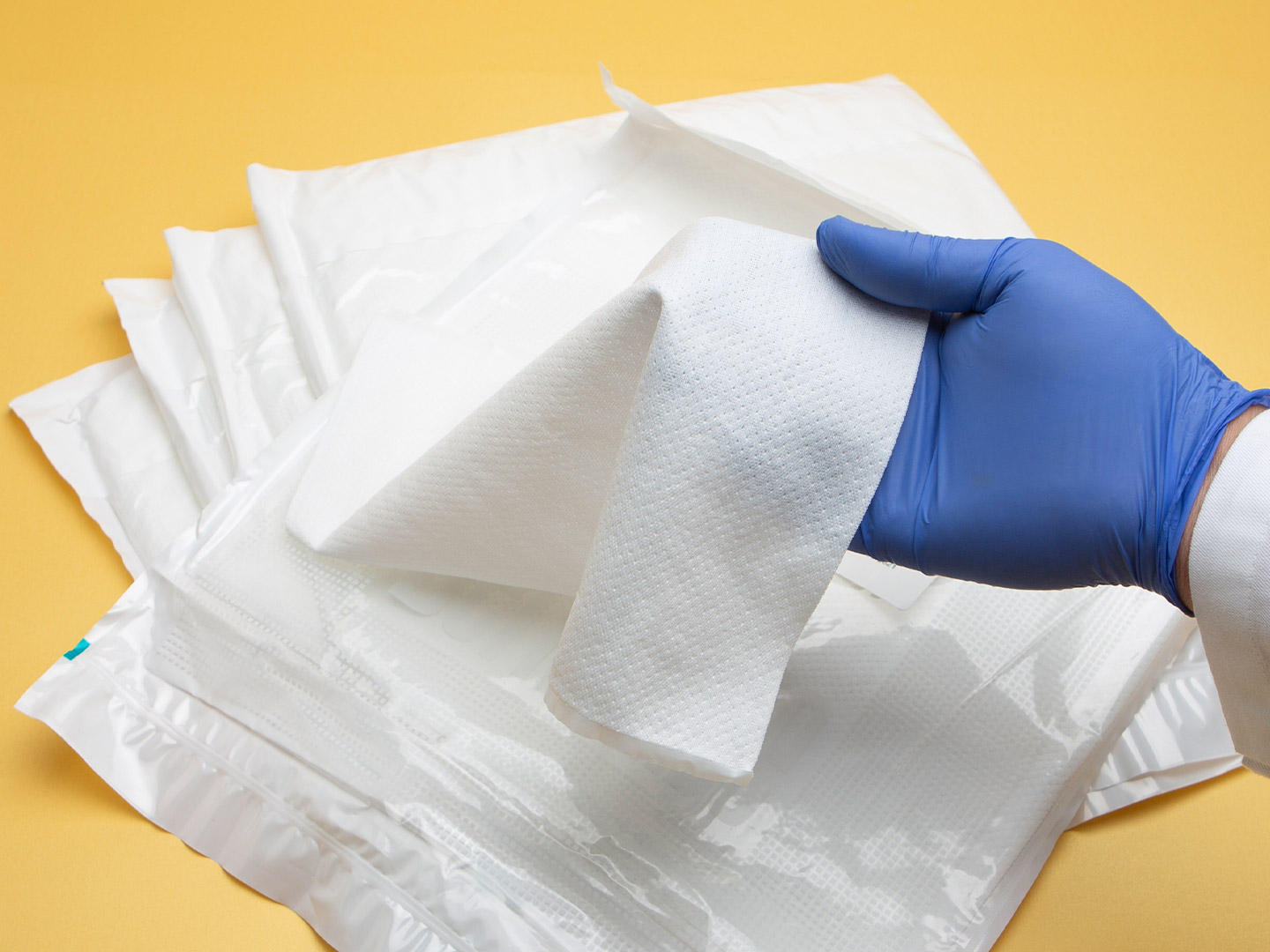
In the pursuit of a more sustainable and eco-friendly world, the choice of materials plays a pivotal role. At [Your Company Name], we take pride in utilizing non-woven fabric, a revolutionary material with a myriad of advantages that go beyond conventional options. Let's delve into the benefits that make non-woven fabric a game-changer in various industries.
1. Eco-Friendly Manufacturing:
Non-woven fabric is manufactured using a process that eliminates the need for weaving, knitting, or spinning. This results in a significantly lower environmental impact compared to traditional fabric production methods. The reduced energy consumption and minimal waste make non-woven fabric a frontrunner in sustainable manufacturing practices.
2. Versatility in Applications:
One of the standout features of non-woven fabric is its versatility. From healthcare to agriculture, and from fashion to packaging, this material finds applications in diverse industries. Its adaptability makes it a go-to choice for various products, allowing for innovation and creativity in design and functionality.
3. Durability and Strength:
Non-woven fabric boasts exceptional durability and strength. Despite its lightweight nature, it can withstand heavy loads and resist wear and tear. This makes it an ideal choice for products that require longevity and robustness, providing value for consumers and contributing to a reduction in disposable goods.
4. Breathability and Comfort:
In industries like healthcare and fashion, breathability and comfort are crucial factors. Non-woven fabric excels in these aspects, allowing for the creation of breathable yet protective garments and products. This not only enhances user comfort but also expands the range of applications in industries where comfort is paramount.
5. Cost-Effectiveness:
Beyond its environmental and functional advantages, non-woven fabric offers cost-effectiveness. The streamlined manufacturing process, coupled with its durability, results in products that are not only sustainable but also budget-friendly. This makes it an economically viable choice for businesses aiming to balance quality and cost.
6. Recyclability and Reusability:
Non-woven fabric is not only recyclable but also lends itself well to reusability. This aligns with the growing trend of reducing single-use items and promotes a circular economy. By choosing products made from non-woven fabric, consumers actively participate in the movement towards a more sustainable and responsible lifestyle.
Join the Non-Woven Revolution
At G&F GROUP INC, we believe in the power of non-woven fabric to revolutionize industries and contribute to a greener, more sustainable future. By incorporating this innovative material into our products, we invite you to join us on this journey towards a world where functionality, durability, and eco-consciousness coexist harmoniously.
Choose non-woven fabric – the fabric of the future. Together, let's make a positive impact on the environment and embrace a sustainable lifestyle.
 Nonwovens in daily life ----- filtration
Nonwovens in daily life ----- filtration
 Nonwovens in daily life ----- automotive
Nonwovens in daily life ----- automotive
 What is SAP – superabsorbent polymers
What is SAP – superabsorbent polymers
 The Future of Global Nonwoven Wipes to 2029
The Future of Global Nonwoven Wipes to 2029